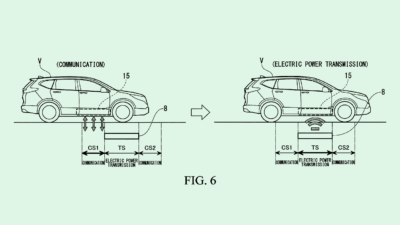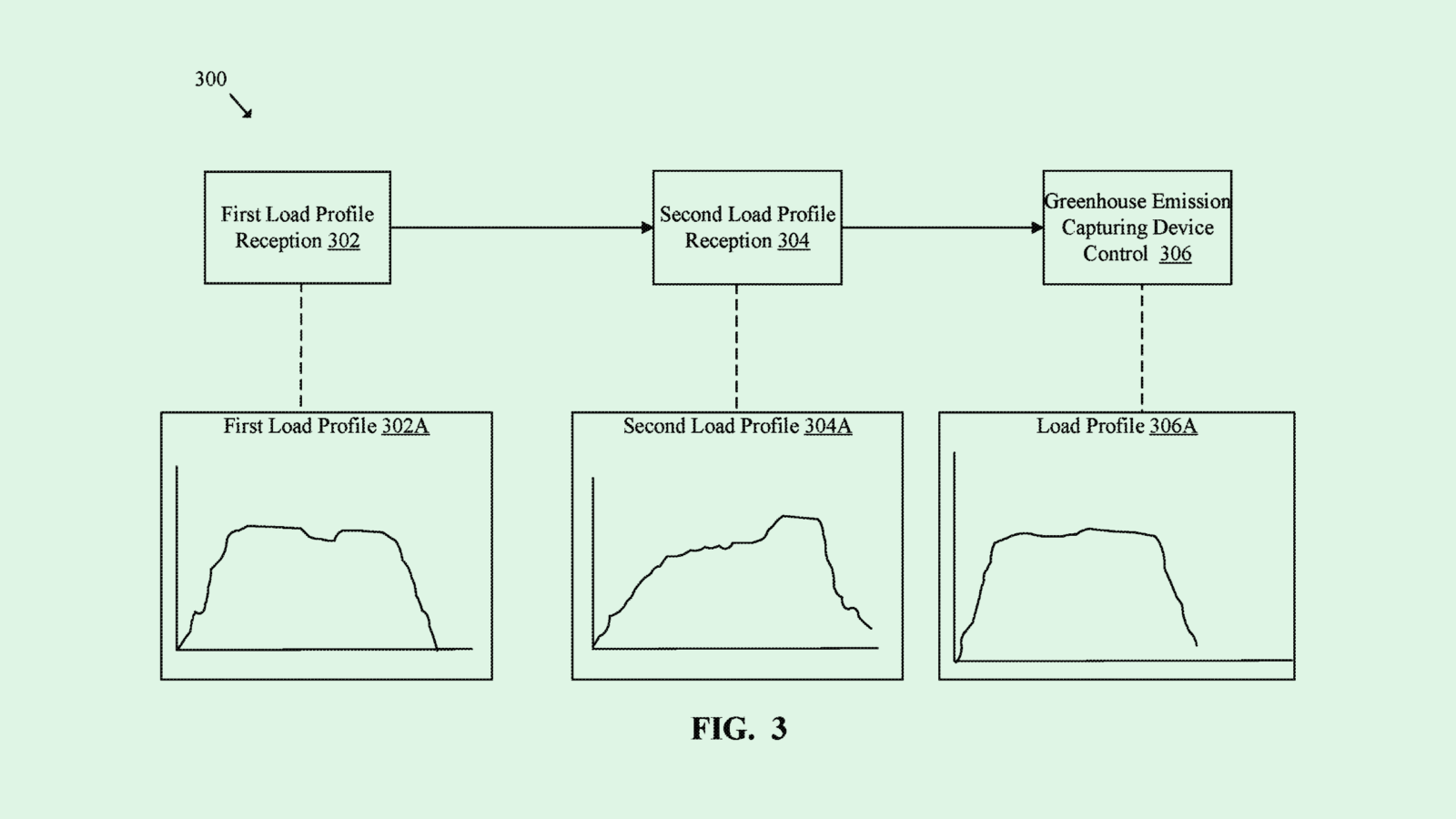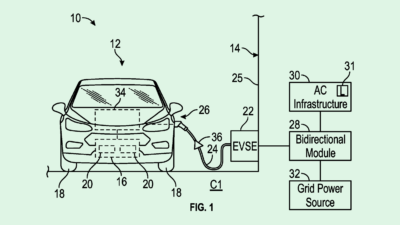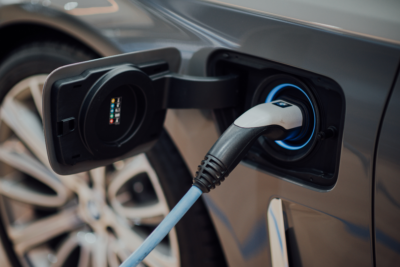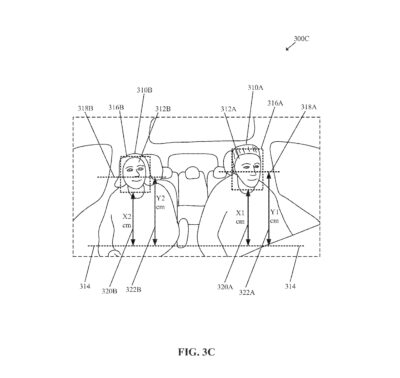Ford Wants to Make EV Charging Easier as Demand Wanes
Ford filed two patents to make EV charging adoption quicker, cheaper and easier.
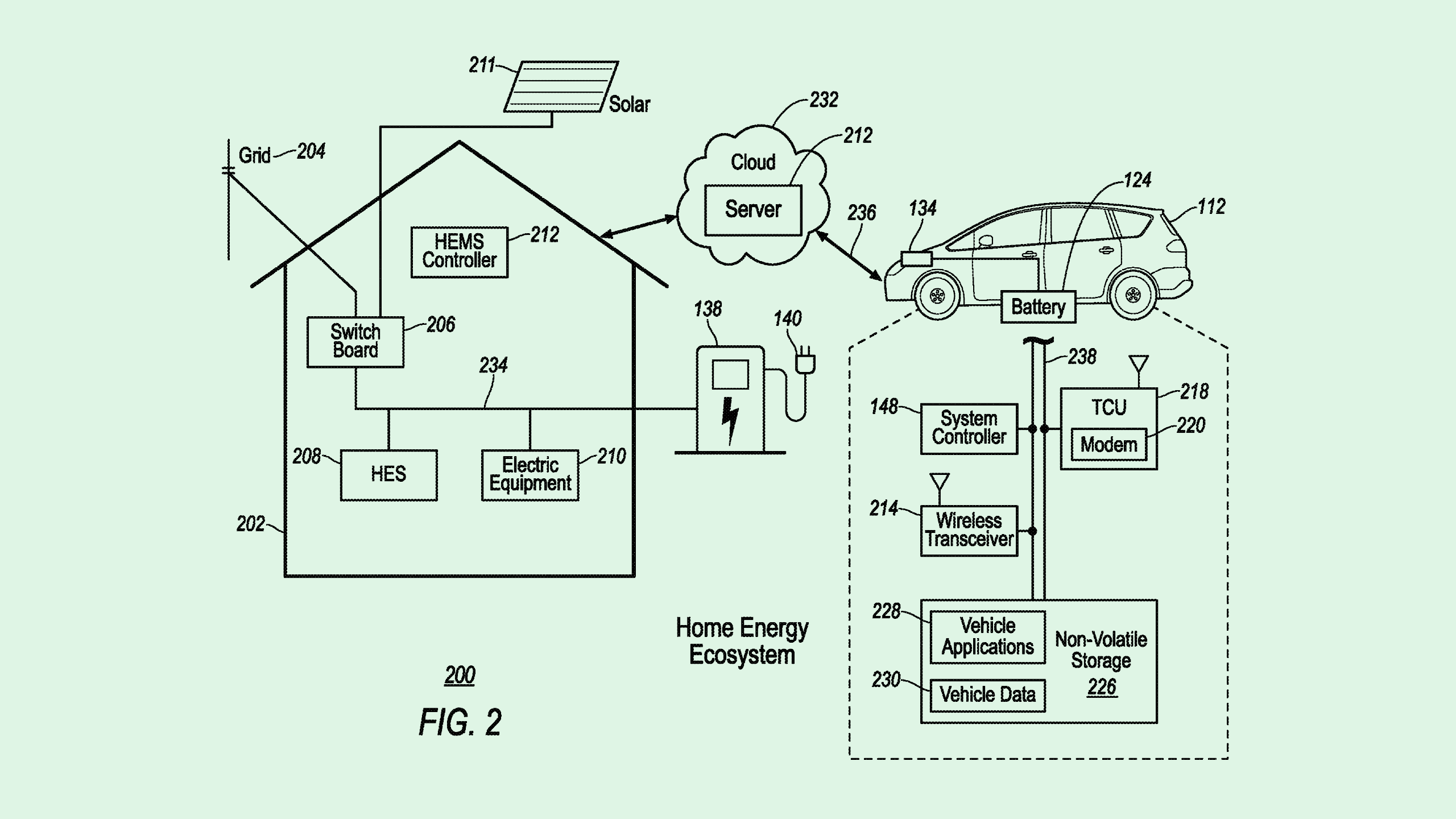
Sign up to uncover the latest in emerging technology.
EV adoption has hit a wall. Ford is looking at ways to overcome one of its biggest hurdles: charging.
The automaker filed two patents to make at-home EV charging cheaper and easier. For starters, Ford is seeking to patent a system for controlling “vehicle and home energy storage systems.” This tech manages the charging of an EV to balance energy costs versus demand.
Ford’s system predicts when prices are going to hit a certain threshold, and charges a vehicle to a target point before then. During high-price periods, these vehicles can then discharge that energy back to the building to which it’s attached. This bidirectional system automates the process of cost-efficient charging, while simultaneously giving back to the home during peak hours at which energy usage is expensive.
Additionally, the company wants to patent a system for a “modular, upgradable EV charging ecosystem.” This patent application details a design for an EV charging system intended to be easily customizable and expandable, achieving this with swappable electrical current transformers and outlets that can be upgraded as technology advances.
Ford’s tech intends to make at-home charging easier to adopt, as well as help commercial customers expand more quickly and see quicker return on investment, the company noted. “Current charging stations are generally static and potentially incompatible with future technology,” the company said.
These patents add to several from the automaker seeking to make EV charging a little smarter. The company has previously sought patents for a charging scheduler based on demand, a system to prioritize charging vehicles when renewables are available, and a technique that allows vehicles to support homes during power outages.
Ford has long had ambitious EV goals, aiming to sell EVs at a run rate of 600,000 vehicles annually by this year, eventually pushing to 2 million globally. But as demand has started to drop, the company may have started to dim its expectations. In April, the company delayed production on its all-electric SUV and pickup truck. It also offered rebates and price cuts on its EV trucks to entice more customers.
And Ford isn’t the only company feeling the EV slump. Volvo cut funding to EV startup Polestar, and rental car company Hertz sold and paused purchases on thousands of EVs earlier this year. Earlier this week, Toyota, Mazda, and Subaru unveiled a new hybrid engine that can run on both hydrogen and gasoline.
One major reason for this may be consumer concerns about charging itself. According to a November survey of 7,500 consumers from S&P Global, while vehicle price stood out as the biggest concern, 44% reported concerns about charging availability. Plus, only 51% of EV owners surveyed had a charger installed in their home.
Tech like this that aims to make charging more seamless and adoptable could be a plan by Ford to help quell consumer worries and create ways to get more charging infrastructure in place if demand makes a comeback.

